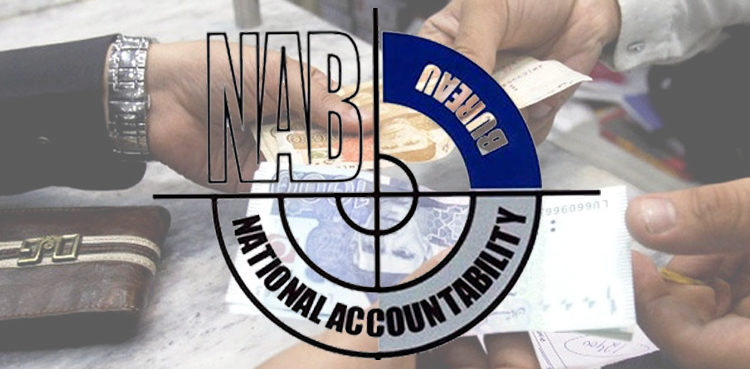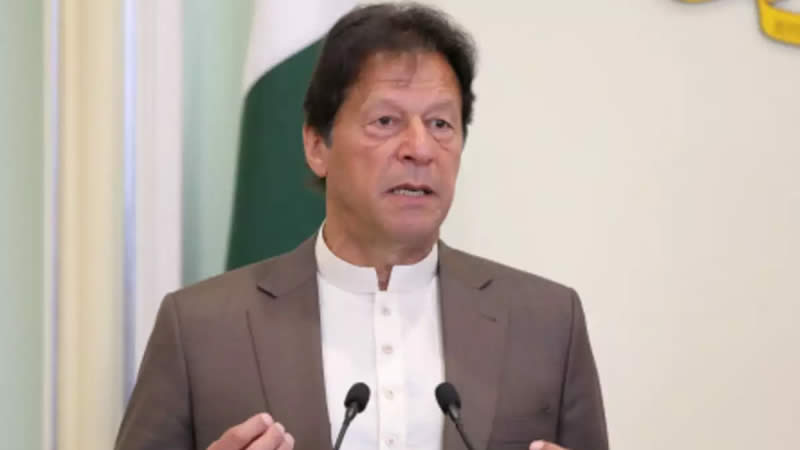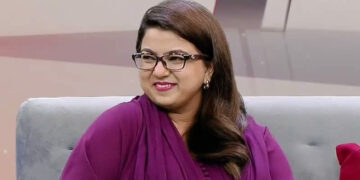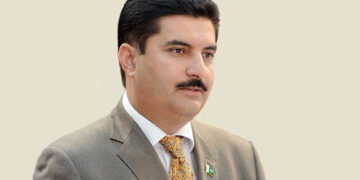 Rajsinhji — Lata’s greatest love
Rajsinhji — Lata’s greatest love
By early 1963, the C. Ramchandra–Lata relationship had cooled off, leaving her bitter. Lata felt further hurt, as she had solid reason to believe that C. Ramchandra, in a meddlesome move, had come in the way of her wedding glamboy Jaikishan, single and eligible, in mid-1963. In Lata’s life and types, before C Ramchandra, there had been Pt. Husnlal (of the Husnlal–Bhagatram team). Side by side, Sardul Kwatra, the tall and well-built Sardarji whose Sardarni wife had gone wailing to Lata-rival Shamshad Begum about her composer-husband’s being spirited away.…Let us look at things from Lata’s perspective — about how this diva, as a single woman throughout her 80-year life, always had the unquestioned right to her private choice; about how, no matter what be the scale of her success, Lata (as a woman) must feel the lack of a family life; about how Lata, finally, got to the point of marrying Maharaj Kumar Rajsinhji of Dungarpur — six years and 49 days younger to her — but how his father, the highly esteemed Maharawal Laxmansinhji, put his foot down.What could be sadder than the fact that, while being barely three miles from the Worli abode in which the cricket icon spent his last days, Lata could get to speak to him only on the phone. And that after she had taken such exemplary care of her Raj while he was in her Pune hospital.
OP Nayyar spurns Geeta for Asha
Such was his Asha fixation that on one occasion, without saying a word, Nayyar even put down the receiver when the blithe one — who as Geeta Roy had once recommended him to Guru Dutt — pleadingly rang to ask: ‘In what way have I let you down, as a singer, that you just don’t bother to send for me any more?’ An affair is an affair is an affair. Like all good swings, an affair too comes to an end. Thus, after nine years of double parking, Asha Bhosle — royally riding in OP’s Cadillac as the 1958 Phagun season saw the two getting spiritedly involved — decided to end a momentous musical chapter in her life.
It happened when, one D-Day, she beheld Omkar Prasad Madan Gopal Nayyar daring to raise his hand on her growing-up daughter. A ‘by-proxy’ OP-slap in her face this was. It made Asha reason: ‘Enough is enough.’ She left the twosome’s cushy top-floor ‘Miramar’ flat, a solitaire’s throw from her Peddar Road Prabhu Kunj first-floor home, never to come back. By then, the two had already wed — in what OP later described as a mockery of a ceremony, as the union could never carry the sanction of society, since Asha was already married, as was OP.
When Kishore resented Dilip Kumar
Away from it all, Venus Madhubala was keenly watching, at home on the projector, the Mohe panghat pe Nandlal chhed gayo re song sequence from Mughal-e-Azam (1960). Kishore Kumar (Ganguly) naturally resented his beauteous wife’s still viewing, time and again, thespian Dilip Kumar in the film. The point Kishore Kumar had to make to his Madhubala was straightforward. He would rather have his vivacious wife watching, via the same projector, her husband enacting Haal kaisaa hai janaab kaa opposite his wife in Chalti Ka Naam Gaadi
(1958).
‘Rafi, learn to sing like Kishore!’
Bitter to such a point — according to his mentor Naushad — did Rafi become about the Kishore Kumar factor that it even resulted in this ultra-seasoned singer’s momentarily losing poise in the recording studio. Naushad said he had heard about such a shattering development but wanted to find out things for himself. To this end, Naushad, without his disciple Rafi’s knowledge, slipped into Mehboob Studios at a point when a recording by his favourite singer was in progress. Naushad said he felt stunned at viewing some ‘tuppenny-hapenny’ people, inside the studio, making bold to tell Rafi about how to perform to match Kishore Kumar if he hoped to get back.
Naushad just got up and walked away, discreetly leaving a message for Rafi to call. As Rafi arrived, Naushad said he first made his laadla performer feel at ease in his music room, reminding him of the numberless song rehearsals the two had done in that memorable setting. As Rafi thus moved into a more positive frame of mind, Naushad candidly told him: ‘Who is this Kishore Kumar? Does he have command over even a fraction of the classical repertoire that you, Mohammed Rafi, possess as a singer?…”
Saraswati Devi ‘inspires’ Kishore
The fact is that — and, of course, there is no condoning it — Kishore Kumar blatantly lifted the Koee humdum na rahaa Saraswati Devi tune, note by note, word for word, from the Ashok Kumar–Devika Rani 1936 Bombay Talkies film. …The only point I, who followed Kishore through the decades, would make is that he was a very impressionable seven-yearold when brother Ashok Kumar sang Koee h u m d u m na rahaa. So the tune, I s u r m i s e, mu s t have become a part of the younger brother’s growing-up consciousness. I am not offering any excuse on behalf of Kishore, just explaining what could or might have happened!Who enlightened me about the fact that Kishore was a classic pilferer? Saraswati Devi herself – Timesofindia










